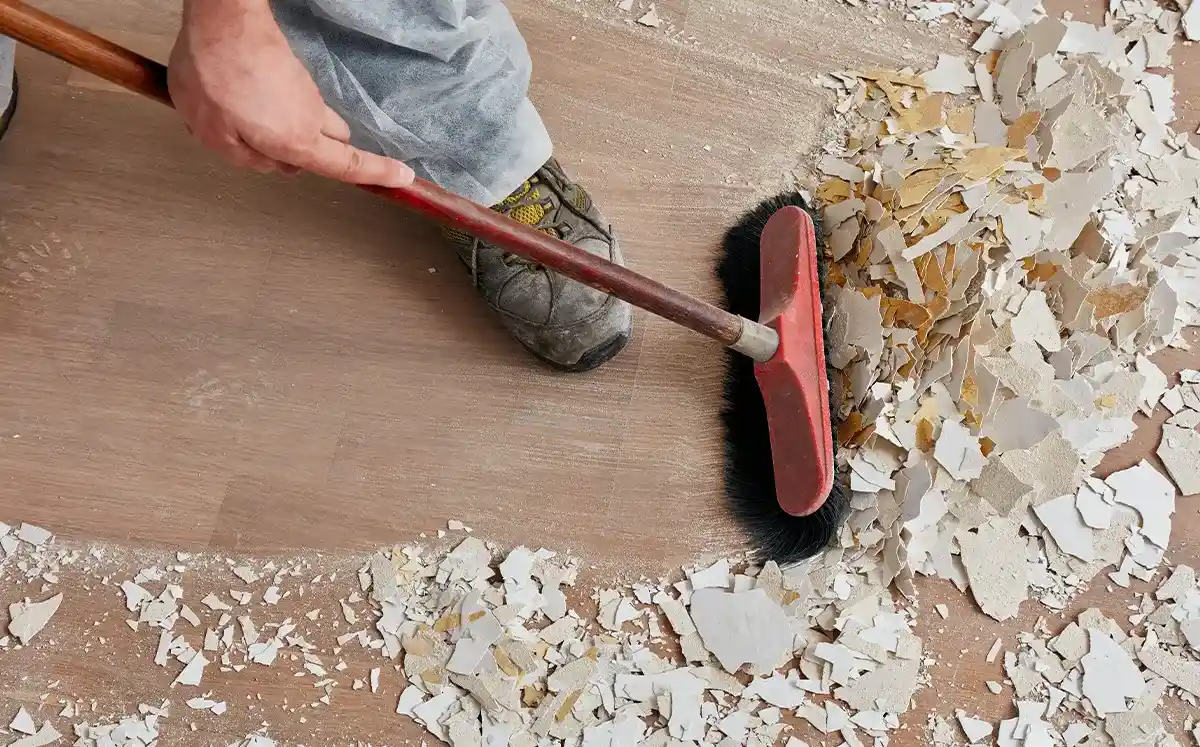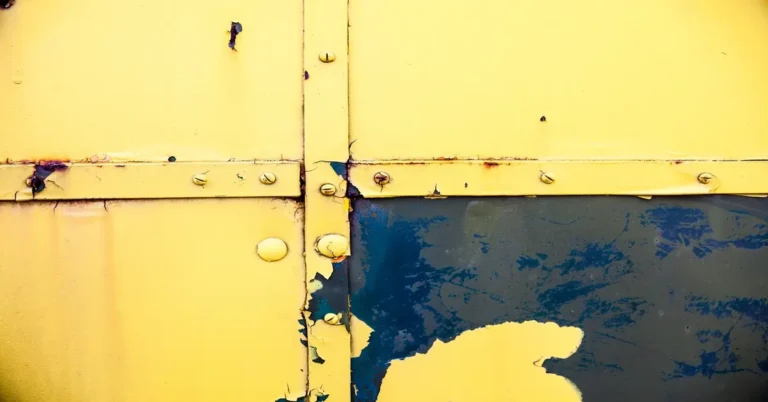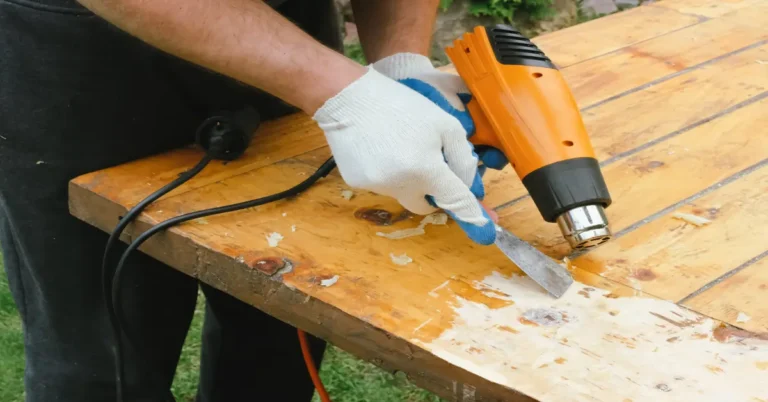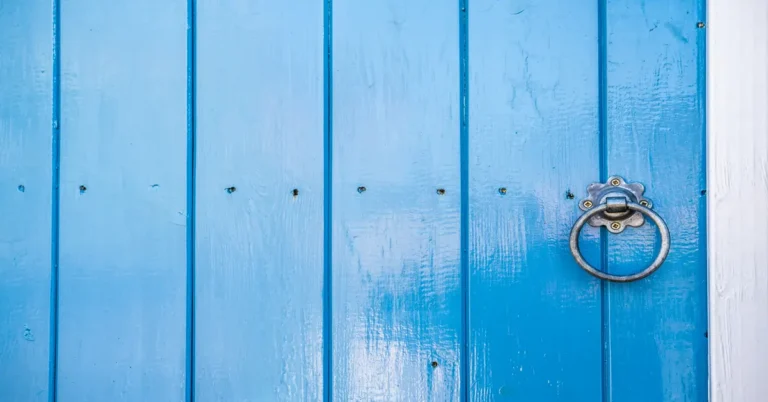There’s no need to double your time and effort when doing post construction cleaning. The chaos left in the wake of construction projects can be overwhelming, from dust-covered surfaces to stubborn residues clinging to every area. However, with the right approach and agents, post-construction cleanup can be efficient and stress-free.
By using effective cleaning agents, you can streamline the process. Make sure the transition from construction site to a polished, ready-to-use space is smooth and swift. Don’t let the post-construction mess overshadow your hard work. Here are different cleaning agents that can help you.
First Things First
Before looking into a list of cleaning agents, checkout these right tools for your post-construction cleanup. Here’s a handy list of essential tools that can make the process a whole lot easier:
Heavy-Duty Vacuum Cleaner:
Invest in a robust vacuum cleaner capable of handling construction dust, debris, and other messes. Look for one with strong suction power and attachments designed for different surfaces.Industrial-Strength Broom and Dustpan:
A sturdy broom and dustpan combo is essential for sweeping up larger debris and dirt piles. Opt for heavy-duty options that can withstand the rigors of post-construction cleanup.Trash Bags – Heavy Duty:
Stock up on heavy-duty trash bags to dispose of construction waste, including debris, packaging materials, and other garbage generated during the cleanup process.Utility Knife:
A sharp utility knife is indispensable for cutting through packaging materials, removing tape, and other tasks requiring precision and efficiency.Extension Cord:
Make sure you have a reliable extension cord on hand to power your cleaning equipment and tools, especially when working in larger or outdoor spaces.Safety Gear:
Prioritize safety by outfitting yourself with appropriate protective gear, including gloves, safety glasses, and dust masks. Construction sites can pose various hazards, so it’s essential to protect yourself while cleaning.Step Ladder or Platform:
Reach high-up areas safely and efficiently with a sturdy step ladder or platform. This will help you access ceilings, light fixtures, and other elevated surfaces for thorough cleaning.Surface Protection Materials:
Protect finished surfaces from scratches, dings, and stains during the cleanup process by using materials such as drop cloths, cardboard sheets, or protective films.
By arming yourself with these essential tools, you’ll be well-prepared to deal with the post-construction cleanup process efficiently and effectively. Once you have your tools in place, you can then explore the array of cleaning agents available to address specific cleaning challenges . Here are some of them.
Disinfectants
The safety of a building after construction is non-negotiable. Surface-level cleaning is not enough; it’s crucial to go beyond and reach into every corner. This is where a powerful disinfectant, like alcohol, becomes indispensable. A disinfectant is a chemical that helps destroy disease-causing organisms (pathogens). These include disease-causing strains of salmonella and staph bacteria.
To be labeled as a disinfectant, the EPA (Environmental Protection Agency) states that the product must destroy 99.999% of pathogens within 5 to 10 minutes. Disinfectants may be applied directly to non-porous surfaces, such as countertops, door, cabinet handles, toilets, and other bathroom surfaces.
Alcohol-based disinfectants penetrate deeply, swiftly eliminating any lurking germs or pathogens. By incorporating such robust disinfection measures, we not only prioritize cleanliness but also establish a foundation for a safe and secure environment post-construction.
Paint and Varnish Remover
Even the most skilled artists can create work that has imperfections. The mistake can range from minor errors to more substantial mishaps. Whether you’re dealing with slight touch-ups or addressing more significant discrepancies, a reliable paint and varnish remover can be an indispensable tool. It serves as a rescuer, delicately lifting away layers of excess paint. This helps provide a fresh and clean canvas for your artistic endeavors.
But the benefits don’t stop there. Incorporating a varnish remover into your post-construction cleaning routine makes the process one step easier, ensuring that every surface is left ready for occupancy. Even when confronted with unexpected blunders, the varnish remover is there, ready to restore the neat aesthetic of your project.
Muriatic Acid
Muriatic acid, also known as hydrochloric acid, is a strong and highly reactive chemical that can be used to clean and etch surfaces, including cement and concrete. Here are several ways in which muriatic acid can be helpful in dealing with cement and concrete:
Cleaning Concrete Surfaces:
Muriatic acid is effective in removing tough stains, dirt, and grime from concrete surfaces. It can be used to clean driveways, sidewalks, and other concrete structures, restoring their appearance.Etching Concrete:
Muriatic acid is often used to etch concrete surfaces, especially when preparing them for painting or sealing. Etching creates a textured surface that improves the adhesion of coatings like paint or sealant.Removing Efflorescence:
Efflorescence is a white, powdery deposit that can form on the surface of concrete due to the migration of salts. Muriatic acid can help dissolve and remove efflorescence, restoring the appearance of the concrete.Adjusting pH Levels:
In some cases, muriatic acid can be used to lower the pH of concrete surfaces. This can be important when working with concrete that needs to meet specific pH requirements for certain coatings or applications.
However, it’s crucial to use muriatic acid with caution and follow safety guidelines:
Dilution:
Muriatic acid should be diluted with water before use, as it is extremely acidic and can be corrosive. Warning! Add acid to water, never water to acid. Pouring water into acid can result in a potentially explosive reaction, causing the mixture to spray and potentially causing skin burns. Exercise extreme caution.Protective Gear:
Users should wear protective clothing, including gloves and eye protection, to avoid contact with the skin and eyes.Ventilation:
Adequate ventilation is essential when using muriatic acid to prevent inhalation of fumes.Neutralization:
After applying muriatic acid, it’s important to neutralize the acid on the surface using a baking soda or ammonia solution to prevent further reactions.
Always read and follow the manufacturer’s instructions and safety guidelines when working with muriatic acid, and consider alternative, less corrosive cleaners for routine cleaning tasks.
Thinner
Paint thinner, often underestimated for its versatility, proves to be a jack-of-all-trades in various applications beyond its primary role of stripping away paint. This dynamic solvent shines in thinning oil-based paints, enhancing their workability and ensuring a smoother application. Beyond the artist’s palette, paint thinner can be a great sidekick in the industrial arena. Here’s how it can help with post construction clean-ups.
Adhesive Residue Removal:
Construction projects often involve the use of adhesives for various purposes. Thinner proves effective in eliminating sticky residues left behind by labels, tapes, or glues, restoring surfaces to their original state.Tool Maintenance:
Thinner is instrumental in the post-construction cleanup of painting tools and equipment. It efficiently removes paint and varnish from brushes, rollers, and spray equipment, ensuring these tools are ready for future use.Surface Degreasing:
Construction sites may leave surfaces coated with grease or oil residues. Thinner serves as a potent degreaser, effectively cleaning metal surfaces and machinery parts, contributing to a safe and well-maintained environment.Restoring Metal Surfaces:
When metal surfaces are tarnished or marked during construction, thinner becomes an essential agent for cleaning and preparing these surfaces for protective coatings, preventing corrosion and ensuring longevity.Versatile Cleaning Agent:
Thinner’s versatility extends to cleaning a wide range of materials, including glass, plastics, and certain fabrics, making it an all-purpose solution for the diverse cleaning needs associated with post-construction projects.
Cleaning becomes a breeze when armed with the perfect solutions. For optimal results in both pre and post-construction clean-ups, there is only one place to go: Island Chemical’s website. As a go-to resource for top-tier cleaning products and chemicals, Island Chemical offers a comprehensive range designed to tackle various cleaning challenges associated with construction projects.
Whether you’re preparing surfaces before construction or ensuring a pristine finish after completion, their website provides a curated selection of effective solutions. Explore their offerings to elevate your cleaning game and achieve the highest standards in cleanliness for every construction phase.
References:
https://pubs.nmsu.edu/_g/G304/
https://www.dulux.com.au/applicator/technical-advice/performance/efflorescence/





